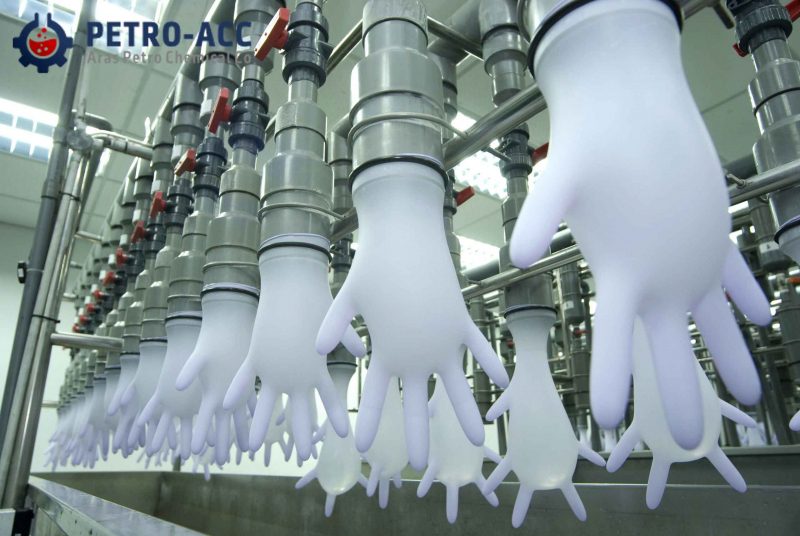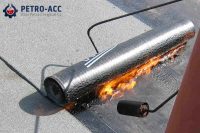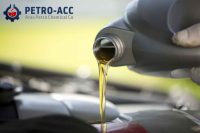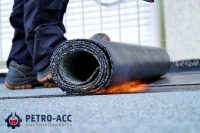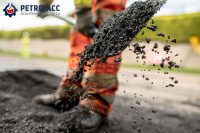LABSA uses in latex production is so routine and commonly used in the manufacturing process of latex products, particularly in the rubber industry. Here are a few ways LABSA is used in the latex industry:
- Emulsification: LABSA is used to emulsify the rubber and water during the manufacturing process of latex products. This helps to stabilize the mixture and ensure a uniform product.
- Cleaning: LABSA is also used as a cleaning agent during the production process of latex products. It helps to remove impurities and dirt from the equipment used in the manufacturing process.
- pH Adjustment: LABSA is sometimes used to adjust the pH of the latex mixture during the manufacturing process. This helps to ensure that the final product has the desired properties and characteristics.
- Foaming: LABSA is sometimes used as a foaming agent in the production of latex foam products, such as foam mattresses or cushions. It helps to create a uniform and stable foam structure.
Overall, LABSA plays an important role in the manufacturing of latex products, helping to ensure that the final product is of high quality and meets the desired specifications.
METHODS OF USING LABSA IN LATEX PRODUCTION
Here are some methods of using LABSA in latex production:
- Emulsion Polymerization Method: In this method, LABSA is used as a surfactant to stabilize the emulsion of monomer droplets in water. LABSA is added to the water and stirred vigorously to form a homogeneous mixture. Then, the monomer is added to the mixture and stirred until the monomer droplets are well-dispersed in the water. Polymerization is initiated by adding a suitable initiator. The LABSA helps to reduce the surface tension of the water, which allows the monomer droplets to disperse more easily.
- Reverse Emulsion Method: In this method, LABSA is used to create a reverse emulsion of the monomer in oil. First, LABSA is added to the oil phase and stirred to form a homogeneous mixture. Then, the monomer is added to the mixture and stirred until the monomer droplets are well-dispersed in the oil. The water phase is added to the mixture and stirred to form a reverse emulsion. Polymerization is initiated by adding a suitable initiator. The LABSA helps to stabilize the monomer droplets in the oil phase, which allows for better control over the particle size and distribution of the resulting latex.
- Direct Emulsion Method: In this method, LABSA is used as an emulsifier to emulsify the monomer directly in water. First, LABSA is added to the water and stirred to form a homogeneous mixture. Then, the monomer is added to the mixture and stirred until the monomer droplets are well-dispersed in the water. Polymerization is initiated by adding a suitable initiator. The LABSA helps to reduce the surface tension of the water, which allows the monomer droplets to disperse more easily.
In all of these methods, the LABSA plays a critical role in stabilizing the emulsion and improving the quality of the resulting latex. The exact method used will depend on the specific requirements of the latex being produced and the equipment available.
HOW LABSA DECREASE LATEX PRODUCTION COSTS
LABSA is a commonly used surfactant in the latex industry, and its usage can help decrease latex production costs in several ways:
- Emulsification: LABSA can be used to emulsify latex particles, which helps in the stabilization of the emulsion. This results in more consistent latex quality and reduces the amount of raw materials needed for production.
- Reduced viscosity: The use of LABSA can reduce the viscosity of the latex, which can help in improving the flow properties of the latex during processing. This leads to a more efficient use of energy and equipment, reducing production costs.
- Cleaning agent: LABSA can also be used as a cleaning agent to remove impurities and residues from equipment used in the production process. This reduces the need for expensive cleaning agents and equipment maintenance, thereby lowering production costs.
- Cost-effective: LABSA is generally less expensive than other surfactants, which can help in reducing the overall cost of production.
Overall, the use of LABSA in the latex industry can help in improving the quality and consistency of the latex product while reducing production costs.



